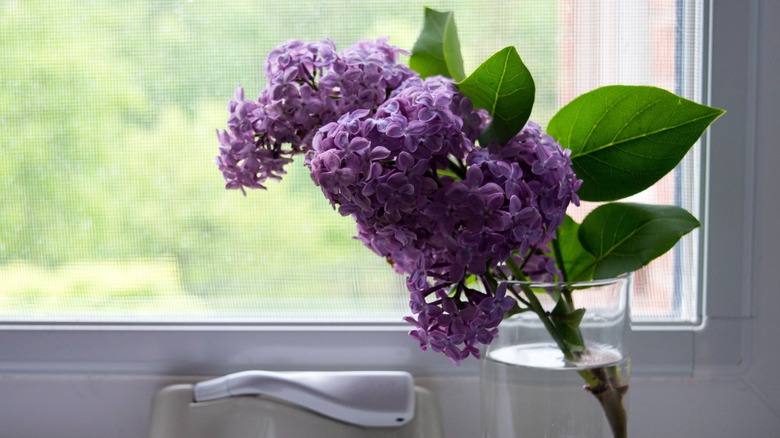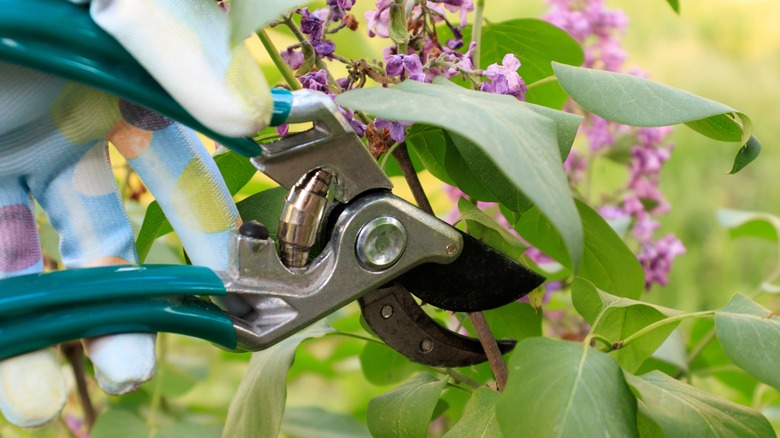How And When To Propagate Lilacs
Propagating lilacs can be a rewarding and cost-effective way to expand your collection, or share these fragrant and lovely plants with others. There are several methods of lilac propagation, including seed propagation, softwood cuttings, hardwood cuttings, layering, and grafting. Each approach offers challenges and requirements, but successful propagation is within reach with proper knowledge and techniques.
Timing plays a crucial role in the success of lilac propagation. Different propagation methods have specific periods during which they are most effective. For instance, seed propagation is typically best carried out during the fall, as lilac seeds require a period of stratification, mimicking the natural winter dormancy they experience in the wild.
Softwood cuttings, on the other hand, are ideally taken during late spring or early summer when the stems are still young and pliable. Hardwood cuttings, in contrast, are collected during late autumn or winter when the shrub is dormant. Understanding the optimal timing for each propagation method will significantly enhance your chances of successful lilac propagation.
Propagation techniques
Seed propagation requires patience and a long time to establish mature plants. Since lilac seeds have a hard outer shell, stratification is necessary to break their dormancy. Once stratification is complete, sow the seeds in a suitable growing medium, providing consistent moisture and light.
To propagate from cuttings, take softwood cuttings from young, flexible stems in late spring or early summer, cutting just below a leaf node at about five inches long. Hardwood cuttings collected during late autumn or winter when the lilac shrub is dormant should be long enough to have at least three nodes. Scrape an inch off the bark at the bottom, treat with rooting hormone, and plant them in a well-draining medium, ensuring that at least two-thirds of the cutting is buried.
To use the layering method, select a low-growing, flexible branch in spring or summer and make a shallow cut on the underside near a node. Apply rooting hormone to the wounded area, cover the section with soil, and wait for the branch to root, which may take several months.
Grafting is a complex process involving combining a desired lilac cultivar (scion) with a compatible rootstock to create a new plant with desirable traits. This method is often used to ensure consistent flower color or to propagate rare or delicate lilac varieties. Grafting should be done during late winter when the plants are dormant.
Transplanting young lilacs
When the time comes to move your propagated lilacs or relocate existing plants, careful consideration and proper techniques are essential for their successful transition. The best time to transplant lilacs is during the dormant season, typically in late fall or early spring, when the plants are not actively growing.
Also make sure to choose a suitable location for the plants. Lilacs thrive in full sun or light shade, and prefer well-drained, slightly alkaline soil. Ensure the new site provides adequate space for the mature size of the lilacs and allows good air circulation. Dig a hole that is wider but as deep as the root ball. Loosen the soil in the surrounding area to encourage root growth.
Add organic matter, such as compost, into the backfill soil to improve soil fertility and drainage. After transplanting, water the lilac thoroughly to settle the soil and provide moisture to the roots. Regularly monitor the newly transplanted lilacs for signs of stress, such as wilting or yellowing leaves.


